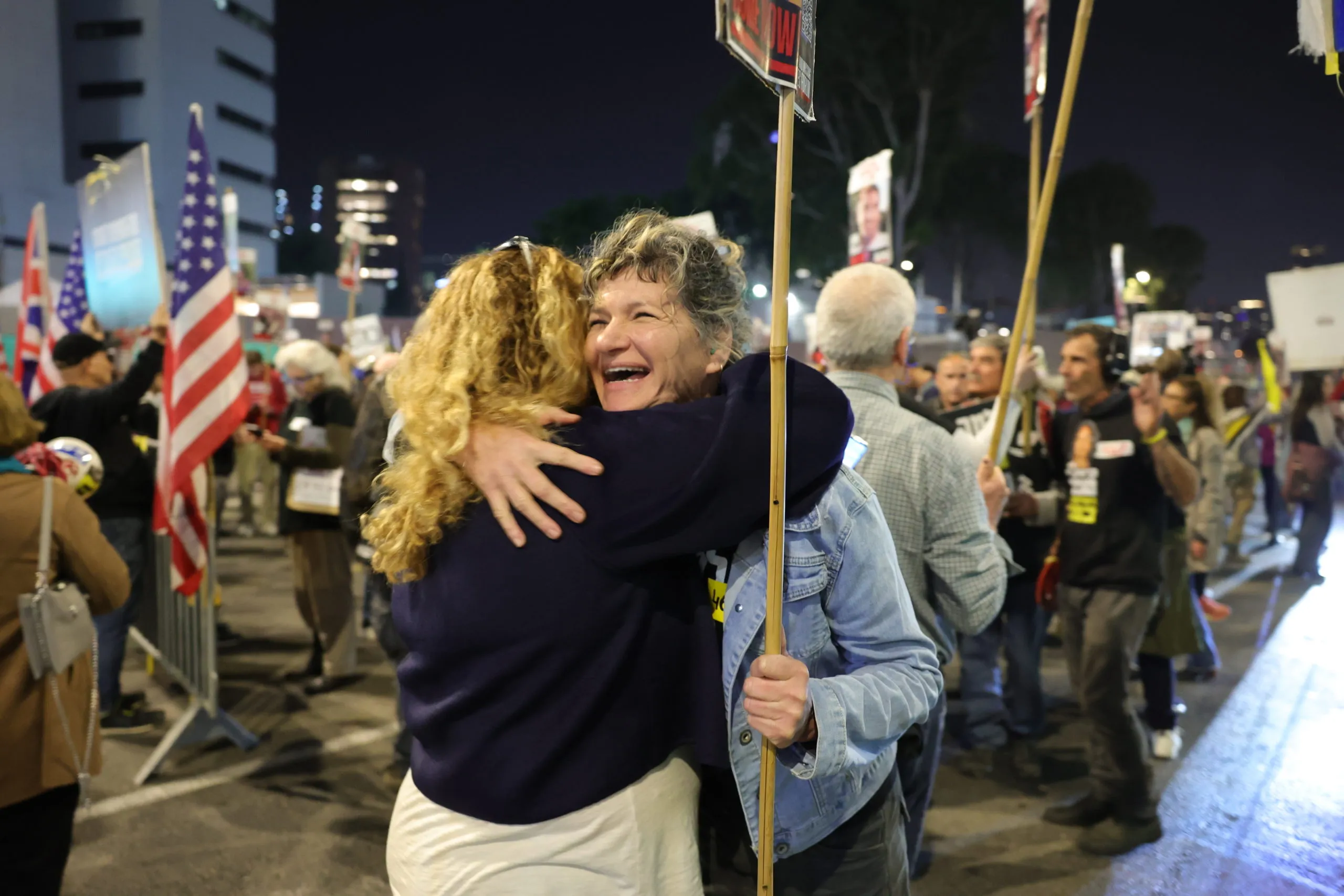Gaza Ceasefire: Is Peace Finally Within Reach?
In a potential breakthrough that could bring relief to millions, international diplomatic efforts are converging on a delicate ceasefire agreement between Israel and Hamas, offering a glimmer of hope in the prolonged and devastating conflict in Gaza.
U.S. officials have indicated that a comprehensive peace deal is tantalizingly close, with multiple mediators working tirelessly to bridge the complex divide between the warring parties. The proposed agreement represents a nuanced approach to addressing the humanitarian crisis and potential path to de-escalation.
Key Components of the Emerging Deal
The draft ceasefire proposal includes several critical provisions:
- Initial 42-day ceasefire period
- Phased hostage release mechanism
- Humanitarian aid corridor expansion
- Gradual Israeli troop withdrawal
- Potential framework for future negotiations
Hostage Release Dynamics
The negotiated terms outline a carefully structured hostage exchange that could provide immediate relief to families on both sides. Hamas is set to release three hostages on the first day, with four more following on the seventh day, creating a progressive release strategy.
“This is potentially the most significant diplomatic breakthrough we’ve seen in years,” said an anonymous senior diplomatic source familiar with the negotiations.
The humanitarian implications are profound. Gaza has been experiencing a severe humanitarian crisis, with widespread malnutrition and limited access to essential resources. The proposed ceasefire could potentially open critical aid corridors and provide much-needed relief to vulnerable populations.
Diplomatic Complexity
Negotiations involve multiple international actors, including:
– United States
– Egypt
– Qatar
– United Nations representatives
Each mediator brings unique perspectives and diplomatic leverage to the table, attempting to craft a sustainable framework that addresses the fundamental concerns of both Israeli and Palestinian stakeholders.
Challenges and Uncertainties
Despite the promising developments, significant challenges remain. Israeli officials must still approve the deal through their security and government cabinets, and Hamas must demonstrate consistent commitment to the agreement’s terms.
The second phase of negotiations, scheduled to begin on the 16th day of the ceasefire, will focus on more complex long-term issues such as:
– Gaza’s future governance
– Hamas’s potential political role
– Reconstruction strategies
Potential Implications
If successfully implemented, the ceasefire could mark a transformative moment in the decades-long conflict. The proposed agreement suggests a potential pathway toward:
- Reduced military tensions
- Increased humanitarian support
- Preliminary steps toward longer-term peace negotiations
International Perspective
International observers remain cautiously optimistic. While the deal represents significant progress, years of historical context underscore the fragility of such agreements in the region.
Looking Forward
The coming weeks will be critical in determining whether this ceasefire represents a genuine turning point or merely a temporary pause in ongoing tensions. Diplomatic sources emphasize that sustained dialogue and mutual compromise will be essential.
As the world watches, the potential for peace hangs in a delicate balance, offering hope yet demanding continued commitment from all parties involved.
Conclusion
The emerging ceasefire proposal represents a complex diplomatic achievement, balancing immediate humanitarian needs with long-term strategic considerations. While challenges remain, the current framework offers an unprecedented opportunity for dialogue and potential reconciliation.
Disclaimer: Negotiations are ongoing, and details may change rapidly.
Reporting from International Diplomatic Channels
Last Updated: [Current Date]






Leave a Comment